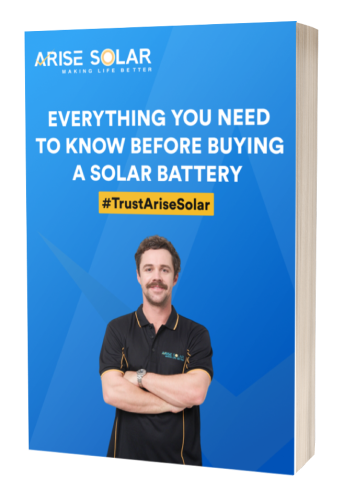The solar power industry is growing by leaps and bounds across Australia. With residential and commercial installations on the rise in most states and a number of large-scale solar farms in development, we have seen tremendous growth in the number of companies offering solar installations. Wide spread growth also comes with challenges, however, with a recent audit of the Clean Energy Regulator (CER) by the Australian National Audit Office (ANAO) highlighting a number of issues across the sector.
Problems highlighted with solar panels
About one in five Australian homes currently have a rooftop solar system installed. Commercial installations are also getting popular, with leading providers offering a range of large-scale panels and inverter systems. According to the Regulator, increased adoption has lead to a number of problems as people seek out the lowest prices without taking quality into account. According to the ANAO, of the 1.2 per cent of rooftop solar installations that have been inspected by the regulator, about one in six were “substandard”, and about one in 30 were “unsafe”.
How to ensure top quality solar panels
Like most things in life, cost is not the only factor you should take into consideration when seeking a solar panel quote. The Tier system is one good way to measure solar panel quality and company accountability, with the Bloomberg New Energy Finance releasing a list of solar module manufacturers with Tier-1 status each quarter. This standard is widely accepted in the industry because it measures both the quality of the solar panels and the financial status of the manufacturer.
In order to achieve a Tier-1 qualification, the solar panels are assessed for quality issues, durability, manufacturing standards, and technical performance. The manufacturers are also analysed regarding the scale of manufacturing, scale of deployment, insurance coverage, vertical integration, and service and support structure. The existence of this testing standard has helped to reduce the number of inferior panels reaching Australian rooftops over recent years.
According to the ANAO, the number of solar systems classified as “unsafe” has declined over recent years, from an average of 4.2 per cent in 2011-2015, to 2.7 per cent in 2018. When you get any kind of solar system quote, it’s important to analyse the quality of panels and inverters along with the price and support available. A professional solar panel quote should always include product details along with sizes, configurations and other related information.
Solar Panel Melbourne available
If you’re looking for the best solar panel Melbourne, Arise Solar has a wide range of solar panels, solar inverters, and installation packages to choose from. If you want a solar system quote from a trusted company who only deal with leading Tier-1 solar panels, please contact our friendly support team today.





